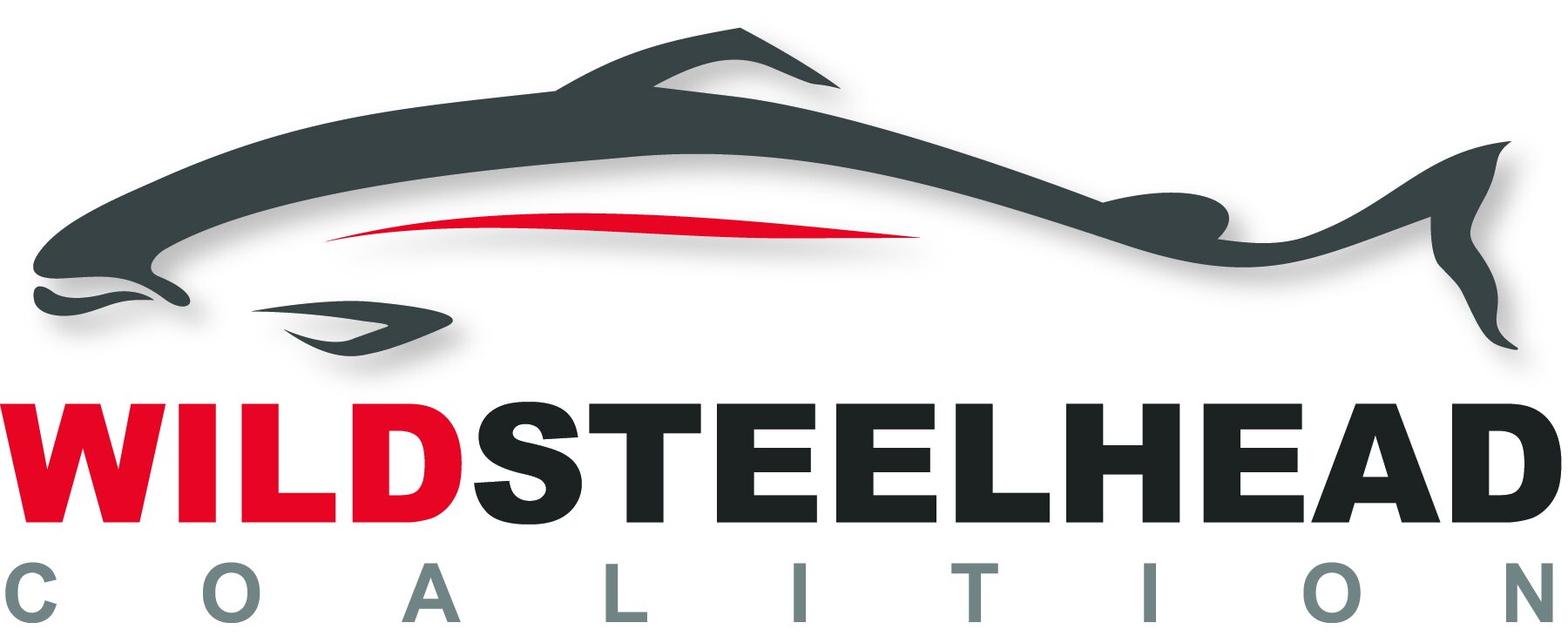In a Nutshell: Review of Pending Determination of Skagit River Steelhead Resource Management Plan
By Guy Fleischer, Science Advisor
National Marine Fisheries Service (NMFS) received a request from the tribal and state co-managers in the Skagit River Basin of the Puget Sound to review a steelhead fishery resource management plan (RMP) under NMFS' Endangered Species Act for salmon and steelhead. This RMP would replace the previous expired plan and guide tribal ceremonial, subsistence, and commercial fisheries and state recreational fisheries in the Skagit River terminal area that impact steelhead, including direct and incidental fishery impacts.
NMFS has reviewed the plan and prepared a preliminary evaluation and pending determination (PEPD). NMFS has made this PEPD and a draft supplemental Environmental Assessment (EA) available for public review and comment.
See: https://www.fisheries.noaa.gov/action/skagit-river-steelhead-fishery-joint-resource-management-plan
Here is my review of the documents provided.
What's The same:
Fishing opportunities will continue to rely on applying the established tiered harvest-rate regime based upon annual forecasted run size for adult steelhead abundance. Under this scheme, the allowable harvest impact rates vary from 4 percent to 25 percent of the yearly forecasted Skagit River steelhead abundance. Fishing can occur only when the projected run exceeds 4,000 fish due to an otherwise incidental catch.
The recreational share of the allowable harvest will be from hooking mortalities associated with the steelhead-directed catch and release fisheries and incidental encounters during all other Skagit Basin sport fisheries. The hooking mortality rate for catch and release is 10%, from the best available science prescribed in the RMP.
What's New:
This RMP will span ten years.
Recognized uncertainty involving management under the 2018 plan was the basis for limiting the initial duration to 5 years.
Fluctuating productivity in wild steelhead is clearly described.
The document recognizes that the productivity of Skagit River steelhead, measured as recruits per spawner, has fluctuated widely over the available data series, with observed lows in the early 2000s and early 2010s lower than in the period before the mid-1990s, a critical weakness not correctly recognized in the previous RMP. What is crucial is continued monitoring of productivity to inform and update stock and recruitment measurements as a means to track and if necessary, update the derived sustainable yield reference points (RMSY and R60).
What's improved:
Protection of kelts.
In addition to the previous closing recreational fishing for adult steelhead no later than April 30, tribal fishing directed at steelhead will be focused from January to April, a time frame shown with low numbers of kelts. Also, some other fisheries (targeting spring Chinook and sockeye) showing kelt bycatch "may be conducted as a steelhead non-retention (steelhead must be released) as a conservation measure. In this case, a steelhead mortality rate of 18.5 percent is applied to all released steelhead." Another positive step.
Early winter steelhead protection measures.
Tribes could conduct tribal net fisheries for steelhead between December 1 and April 15; in practice (as in fishery years 2018-2022), the most effort would continue to be applied between February and early April, continuing early winter steelhead protection. Also, no recreational fisheries will be allowed for adult steelhead before February 1. This is much better than the original intended use of Chamber's Creek fish to provide the early run fish. The document states, "Treaty fisheries would not concentrate on the early returns, but rather be designed to access steelhead across the entire return period. Generally, this would have the effect of a reduced fishery effort in the pre-February timeframe." Overall, another positive step.
Resident trout.
The tribes plan to assess the sex and spawning condition (pre-spawn or kelt) of landed steelhead, and tissue samples would be collected to determine isotopic chemistry to inform managers of the contribution of resident rainbow trout to steelhead populations. Further, an assessment of Skagit River resident rainbow trout has been completed, documenting the contribution to steelhead production, another positive step in a commonly ignored part of steelhead life history.
Summary:
The proposed updated Skagit steelhead RMP relies heavily on the previous RMP. Despite some areas for improvement, those items above show attention to improving the broader understanding and implementing reasonable fishery actions that recognize the diversity and complexities of steelhead life history.
I also see forward thinking in the document that recognizes the need for catch and escapement sampling "to describe the age structure of populations needed are critical to developing analyses needed to improve the basis of management, e.g., improving forecasting capability, quantifying recruitment, and developing escapement goals." One essential item not described in the documents is the recent adoption of more advanced stock assessment models for Skagit River wild steelhead. The improved steelhead modeling approach, which considers critical environmental conditions and missing or inherently messy data, is currently being used for forecasts.
For those interested, this was the topic of one of my recent blogs.
Finally, there is no mention of hatcheries or broodstock to augment steelhead populations in the Skagit. Given what we know about the adverse hatchery effects on wild fish, this is also a sign of genuine commitment to wild steelhead recovery in the Skagit River system.
The public review and comment period ends on January 23, 2023. The address for providing email comments is salmon.harvest.comments@noaa.gov. Feel free to use any or all of the above points for public comments any individual wants to make.
In the email's subject line, include the following identifier: "Comments on Skagit River Steelhead Fishery RMP."



